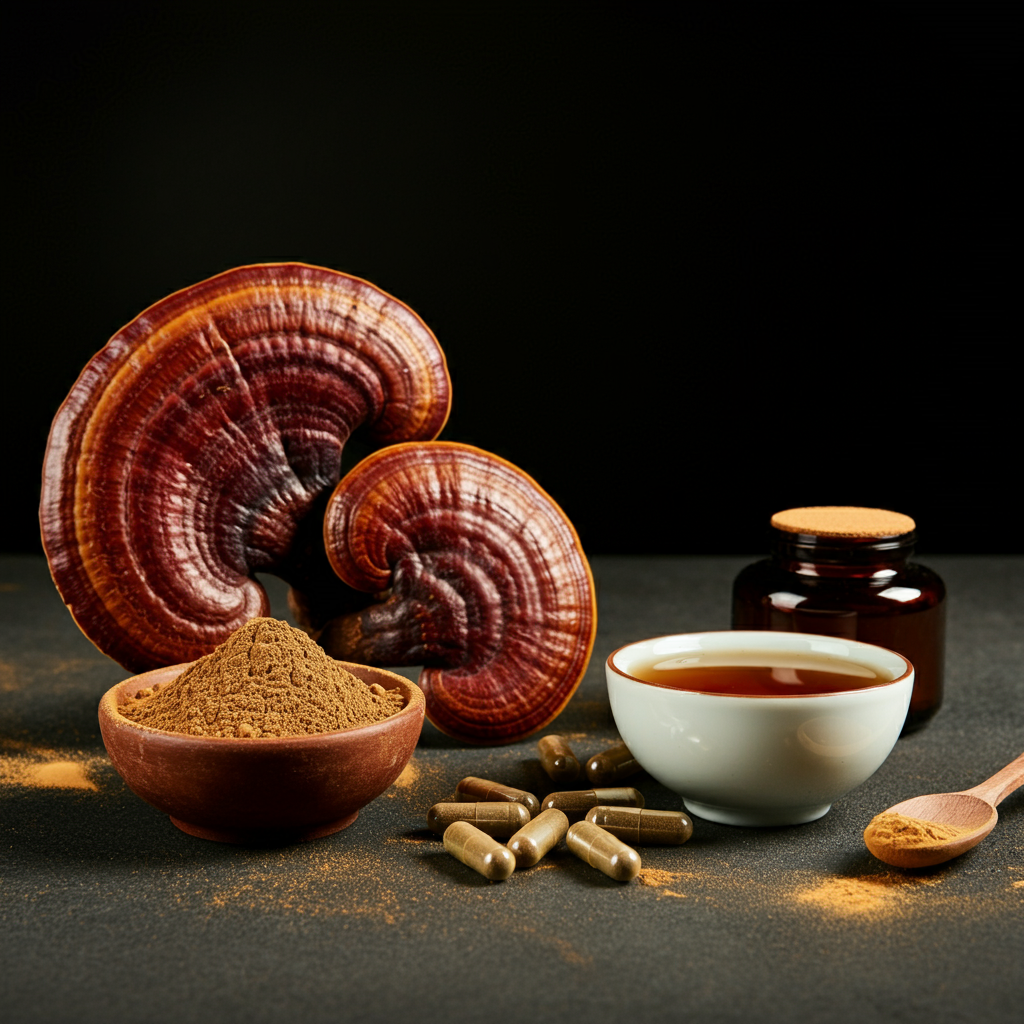Dietary Supplementation with Oyster Culinary-Medicinal Mushroom, Pleurotus ostreatus (Agaricomycetes), Reduces Visceral Fat and Hyperlipidemia in Inhabitants of a Rural Community in Mexico
Authors:
Adrián González-Bonilla, María Eugenia Meneses, Aleyda Pérez-Herrera, David Armengol-Álvarez, Daniel Martínez-Carrera
Journal:
International Journal of Medicinal Mushrooms, 2022
DOI: 10.1615/IntJMedMushrooms.2022044837
Study Design
3-month randomized nutritional intervention in a rural Mexican community
Participants
30 adult inhabitants of San Miguel Tianguistenco, Puebla, Mexico. Participants were divided into two groups: one received a healthy regional diet (HD), and the other the same diet plus Pleurotus ostreatus supplementation (HD + Po). Each group had 15 individuals.
Intervention
The intervention group consumed 1 kg of Pleurotus ostreatus mushrooms per week (four 250 g portions) for 3 months alongside a healthy local diet. The control group followed the same diet without mushrooms.
Outcome Measures
- Anthropometric data (weight, BMI, visceral fat)
- Blood lipids (triglycerides, cholesterol)
- Blood glucose
- Blood pressure
- Dietary macronutrient and micronutrient analysis
Summary
This study assessed whether dietary supplementation with Pleurotus ostreatus mushrooms could improve metabolic health in rural Mexican adults. In the mushroom group, women showed reductions in visceral fat, glucose, triglycerides, and cholesterol, while men showed decreased glucose and triglyceride levels. The control group saw smaller improvements, limited to triglyceride reduction in women and glucose in men. Overall, the study highlights the potential for Pleurotus ostreatus to complement dietary strategies in rural regions where metabolic disorders are common. The authors emphasize the need to reintegrate traditional mushroom consumption to promote community health.

No responses yet